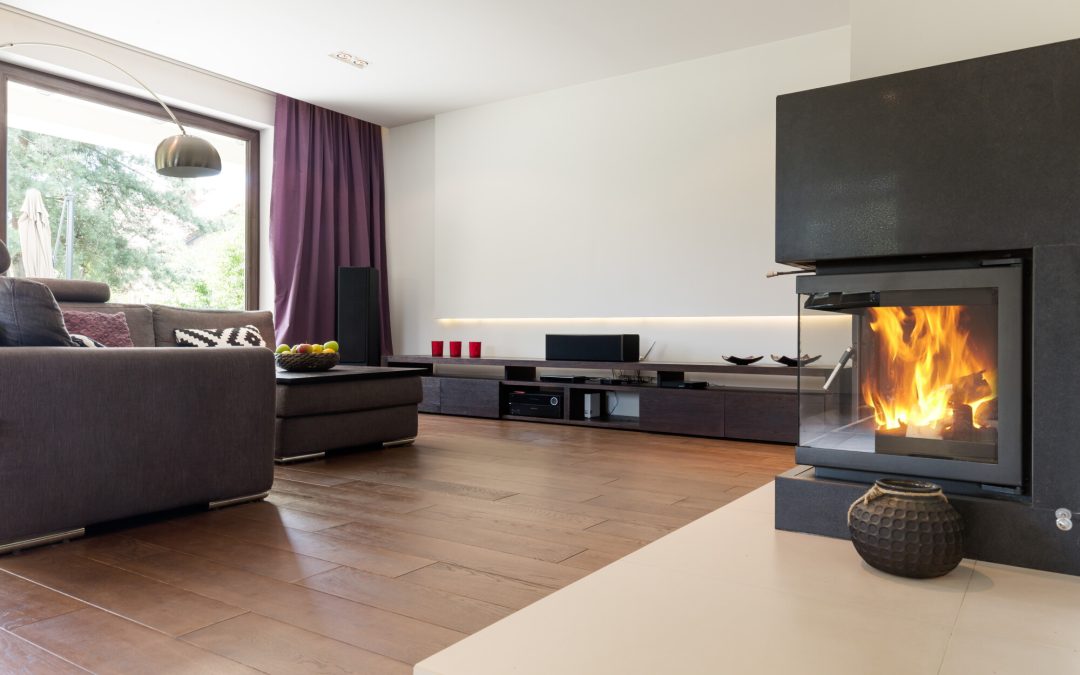For many people, a picture-perfect winter day involves sitting in front of a crackling fire. Here in St. Louis, those winter-like days can last into the spring!
Even beyond the comfort and ambiance, a fireplace adds value to your home.
Gas and wood are two of the main types of fireplaces. The debate about a wood vs gas fireplace is ongoing. In fact, both types have pros and cons.
Learn more about these types of fireplaces and the benefits they provide.
Wood vs Gas Fireplace
Many people look for a fireplace when they purchase a home. Before starting the debate over a wood vs gas fireplace, considering the benefits that either would bring is important.
A fireplace gives you a source of heat when the power goes out. You can save money on your heating bills by using the fireplace instead.
A fireplace is the centerpiece of the room. You can choose the style and design that fit your home.
Pros and Cons of a Wood Fireplace
Wood fireplaces create special emotions for many people. When you imagine relaxing in front of a fireplace on a cold winter day, you’re probably imagining a wood fireplace. Wood gives you the true ambiance of a crackling fire.
A wood fireplace can be less expensive to use than gas. Even the highest quality firewood costs less than gas.
However, a wood fireplace is less effective at heating a room. Wood fireplaces need regular maintenance and cleaning. You also need a yearly chimney inspection.
Wood is a sustainable fuel, but burning it creates more air pollution. This can affect the air quality inside and outside the home.
Pros and Cons of a Gas Fireplace
A gas fireplace is convenient and easy to use. You light it by flipping a switch or using a remote control. You don’t need yearly inspections or frequent cleaning.
Gas fireplaces are more efficient than wood. They heat the room faster.
A gas fireplace doesn’t use combustion. This means you can install one almost anywhere in your home. You have more customization options for the style and design.
Gas fireplaces emit fewer pollutants than wood when in use. Producing natural gas usually involves fracking, though. Fracking produces pollutants like those found in wood smoke.
A gas fireplace can be expensive to install and operate. The cost of use will vary depending on the price of gas.
Modern gas fireplaces produce warm and inviting flames. However, they don’t have the rustic ambiance of wood. You don’t get the same sound and smell.
Gas vs Wood Fireplace in St. Louis
Spring weather in St. Louis can change rapidly. You may still want your wood or gas fireplace for heating. You won’t need the same level of heating as during the winter, though.
With a wood fireplace, you can adjust the size of the fire. Using less wood creates a smaller fire with less heat. You can avoid opening and closing the windows to let heat escape.
Many gas fireplaces have a thermostat. You can set a comfortable temperature. You can enjoy a gas or wood fireplace in St. Louis in the spring.
Get More from Your St. Louis Home with a Fireplace
In the wood vs gas fireplace debate, both sides have pros and cons. A fireplace gives the room a focal point. It creates a special ambiance when the weather gets cooler.
In the spring in St. Louis, you’ll still have plenty of days to enjoy your fireplace.
A fireplace is an asset when you’re looking to buy or sell St. Louis real estate. It improves your home value as a seller. It’s a positive feature of a property you’re considering purchasing.
Contact the Sarah Bernard Realty Team for advice about the St. Louis and St. Charles real estate
markets and the best features for your home that buyers want. We look forward to meeting you!


